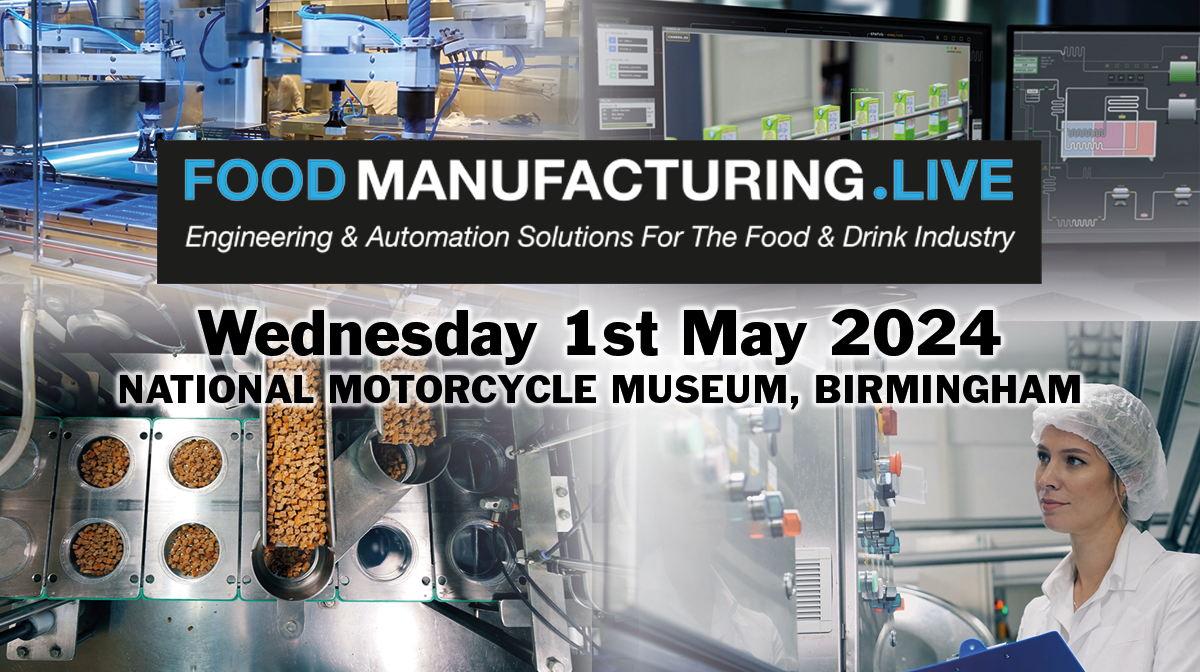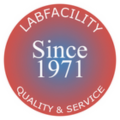
Posted to News on 2nd Oct 2013, 16:43
Danfoss VLT drives - the whole story
The story about VLT drives begins with two Danfoss engineers, Arne Riisager and Arne Jensen, who at a conference in London heard a speaker claim that the only possible way to regulate the speed of an AC motor was mechanical. Unconvinced, they went home and proved him wrong and took the first steps towards has become a global success.
When it began is hard to say, but one thing is certain: the real electronics breakthrough for Danfoss came with the introduction of the VLT5 frequency converter in 1968. It was the first mass-produced device that could speed control a standard, five horse power electrical motor.
Originally a company that developed mechanical devices mainly for refrigeration applications, Danfoss recognised the potential of electronics and began to invest in this new field. During the 1950s, Danfoss launched electronic flame monitoring for oil burners, and soon after control boxes containing electronic components. These were relatively simple devices with very few components, but the company had taken its first steps into what would eventually lead to one of company's greatest successes.
Product complexity increased in the first half of the 1960s, as Danfoss began producing large rectifiers for use in for example direct current supply equipment for industry and industrial locomotives, battery chargers for forklift trucks and the regulation of systems for runway landing lights in airports. These were all tailor-made products developed by a staff of electronics engineers working in a small unit called Danfoss Electronic.
Tailor-made equipment was far from Danfoss' core areas, so these activities were eventually suspended. Having recognised the potential of controlling mechanical applications with electronics, Danfoss transferred the whole staff to the research department, where they continued to study and experiment while facing one of the biggest challenges at the time: how to find useful components.
Ahead of its time - The VLT5
Eventually, the engineers devised a method to create a realistic magnetic rotation field in a motor, then regulate it at all speeds below the nominal speed of the motor, and finally manage the heat generated by the device.
Danfoss engineers solved the first two challenges by developing what at the time was a highly advanced control algorithm based on the so-called PAM principle: Pulse Amplitude Modulation. The algorithm made it possible transform direct current to alternating current in the inverter. PAM also made it possible to reduce the motor current to enable it to run at lower speeds.
The hardware itself was divided into two chambers where the bottom part was submerged in oil to disperse heat to the surface of the cabinet. Being the first of its kind, it was also important that the new drive conveyed a sense of reliability in its external design. By mimicking the rugged characteristics of an electric transformer, Danfoss hoped it would help put new customers at ease.
In 1968, Danfoss introduced the world's first frequency converter, the VLT5. Technologically, it pushed the limits of what was feasible at the time and held 14 patents. The device attracted significant interest and even won an Industrial Design Award.
The new variable frequency drives were quickly adopted by the food and beverage industry, which welcomed the ability to take control of the robust, maintenance-free AC motors driving its processes and conveyor belts. But in fact Danfoss' work had only just begun.
During the 1970s Danfoss continued to refine and perfect the new technology to increase flexibility and efficiency. New designs were introduced that made it possible to adjust the speed of individual applications and synchronise them other production processes. At the same time the performance range expanded from 1-20 HP motors.
The market for variable speed control continued to grow throughout the 1970s. As the global oil crises helped increase interest in using variable speed control, owners started investigating how to reduce the energy consumption of other motor-driven applications. Around the turn of the decade, Danfoss introduced the first dedicated drive for pumps.
Increasing focus on optimising the current waveform to reduce motor heat and other unwanted effects led during the 1980s to the development of Voltage Vector Control, now known as VVC+. Since then the increasingly competitive market has expanded to include much more than simple speed control. New functions such as ramp-up/down, closed loop control, break control expanded the use of drives to new areas.
Smaller, faster, integrated
In the world of electronics, generations are short-lived and today's equipment has little in common with the original VLT 5 drive from 1968. With the advances in power transistor technology and digital control over the last 20 years, so variable frequency drives have become one of Danfoss' most prominent technologies. Compared with the initial difficulties of simply finding components, VLT drives today are built to order, using standard components which can be combined to suit the exact purpose and shipped worldwide in only a few days.
Today, variable speed drives (VSD) are the choice of the world's food and beverage companies and control the manufacture of many of the products on every supermarket shelf, not to mention on most garage forecourts. Drives control the pump that sends water to your house, clean up the waste-water you produce, drive the air-conditioning in your office and power process lines making everything from baked beans to cars and trucks.
Spearheaded by the VLT AutomationDrive, Danfoss drives are installed across the widest possible industrial spectrum, on land and sea, controlling both induction and permanent magnet motors with significant energy savings and process enhancements in their wake. VLT technology is also used in Danfoss solar inverters and in wind turbines. Meanwhile, devices are getting smaller, more powerful and intelligent.
Variable speed control makes a major contribution to saving energy all over the world. Not only controlling electrical motors more efficiently, VSDs reduce the running costs of fans, pumps and more, that might otherwise be run at full speed huge energy wastage and CO2 emissions.
The annual production of VLT drives alone saves energy equivalent to the production of a major power station. The 37 million tons of CO2 that are saved every year by Danfoss' drives installed in applications worldwide corresponds to the emissions from more than 12 million cars in Europe.
Globally, the potential for energy savings is staggering. It is estimated that only 10 per cent of the motors in use worldwide employ variable speed control. Not a bad outlook for something that couldn't be done.
To find out more about VLT drives from Danfoss, please visit the company's website at www.danfoss.co.uk/vlt.











